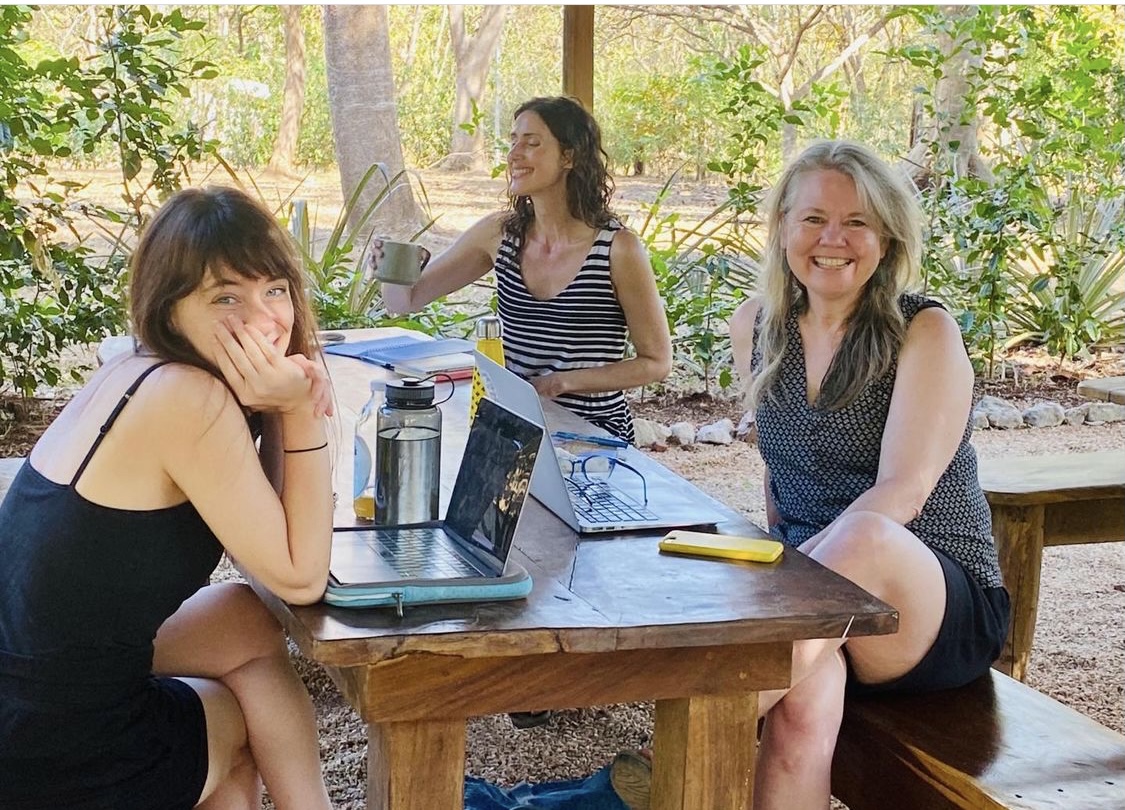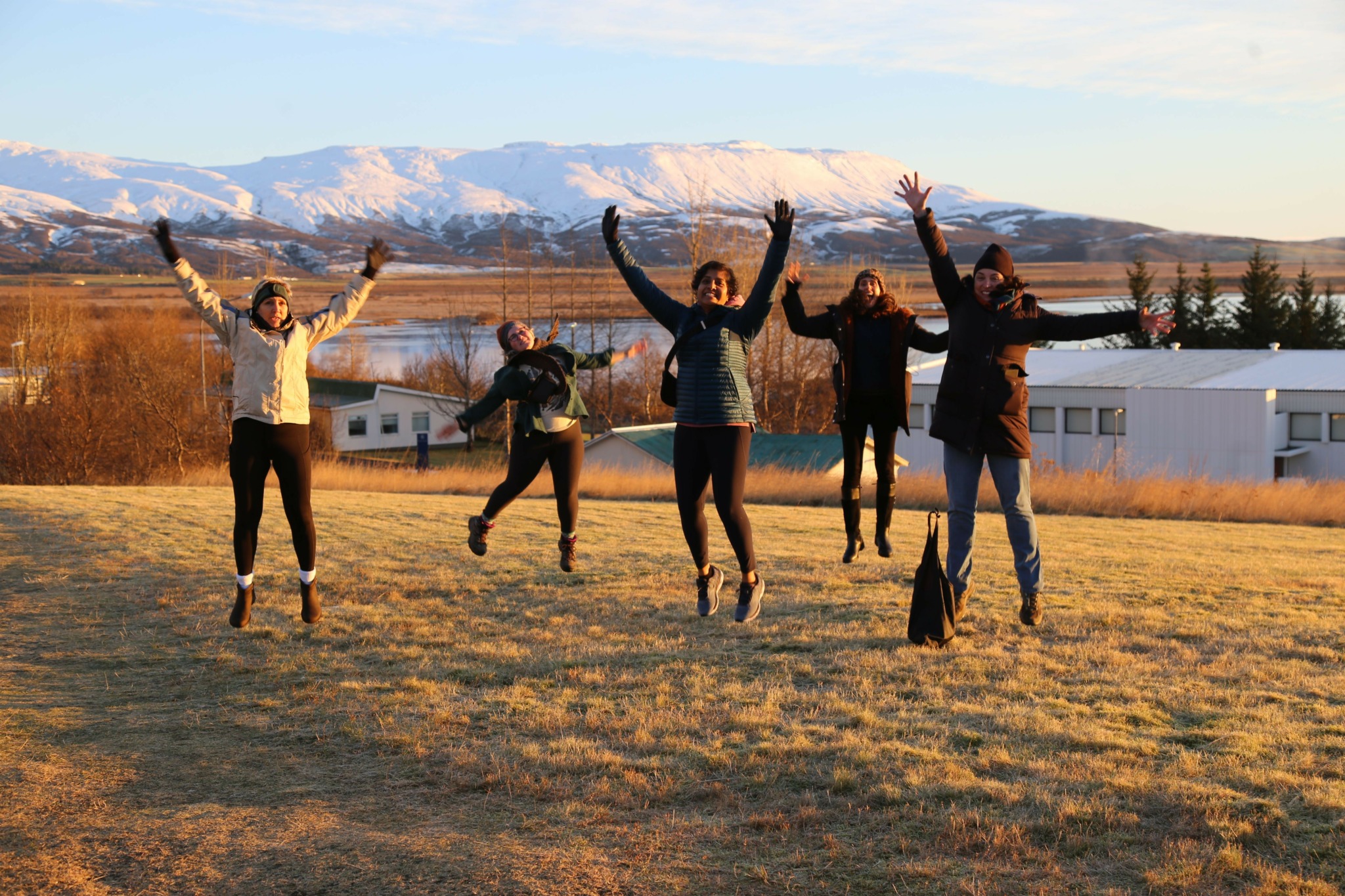We were lucky to catch up with Nancy Stohlman recently and have shared our conversation below.
Nancy, thanks for joining us, excited to have you contributing your stories and insights. Can you open up about a risk you’ve taken – what it was like taking that risk, why you took the risk and how it turned out?
I believe the work of all art IS to risk. It’s a huge risk, for example, to set out on the journey of writing a book—not knowing if it will be any good, or whether you will even finish. And then there is the risk of having to put yourself out there in all the many ways—it’s just a mathematical reality that noncreative don’t get nearly as many rejections in life as creatives do. But that’s part of the gig, it lets you know you are in the arena, lets you know you are alive and working. And then, of course, there’s all the risk involved in the content of the art—the purpose, the emotional thrust behind it. Will people like it? Will they like me? To put yourself out there anyway, staying clear to the vision of your art, midwifing it into existence even when some people won’t like that—all of that takes enormous courage.
I have taken a huge risk with every book I’ve ever written. With every project. I thought my book After the Rapture would be obsolete after the pandemic—turns out it was perfectly timed, and a story like “The Bad Thing” continues to morph and stay relevant (https://www.connotationpress.com/fiction/3209-nancy-stohlman-fiction-2). I started the Fbomb in 2013 when there were no reading series dedicated to flash fiction, and I’m starting a new venture in West Denver, Lit Circus (the next one is June 5). Risk, risk, risk. And of course, Open Your Art has been a risk from the beginning—every writer that trusts me with their process is taking a risk, one that hopefully pays off.
Ultimately, you don’t get to be a creative without courage, I’m afraid.
And on that note, let me say something potentially unpopular—I think we may be forgetting that art’s job is not to make us feel good or feel comfortable (though it certainly can). Art’s job has always been the harbinger, the visionary. But we seem to have less tolerance for discomfort, these days. If a piece of art makes us uncomfortable, we are more likely to dismiss it, and dismiss the artist, too. If I feel offended or uncomfortable, then the art must be wrong. But since when was art’s job to make us comfortable? I don’t go to the museum to feel good—I go to feel. I may feel peaceful, horrified, disgusted, aroused, offended and inspired all in the same hour. And that’s good.
I think it would do all creatives some good to work on widening our window of tolerance for discomfort. Have a dialogue with ourselves, with the artist if possible. Curiosity over cancelling. Wonder instead of judgement. What art provokes is part of the beauty and mystery, and each person is completely unique. Art is not static—it’s dynamic, it’s alive, and it’s ultimately a collaboration. We are part of the art, not separate from it. To make and engage with art that really makes us feel the whole continuum of our emotions—to face ourselves and others—that is the real creative risk.


Nancy, before we move on to more of these sorts of questions, can you take some time to bring our readers up to speed on you and what you do?
Thanks so much for having me back! The last time I was here was during the release of my book After the Rapture, almost 2 years ago. Some of you may already know me as a long-time Denver writer, artistic rebel, “flash fiction’s poster girl” (as dubbed by The Westword) and creator of the Fbomb Reading Series (and the new Lit Circus). But you may not know that I am also the co-founder and CEO of Open Your Art Retreats and Education for Writers, and since 2013 I have worked with thousands of writers on their projects—championing many, many, many of them on to receive much deserved successes of their own.
Open Your Art has been supporting writers in two primary ways: in-person destination writing retreats, and online programs, including the Flash Novel Mastermind, a 9-month program of content, coaching, community and continuing support for post and future retreat participants as well as writers who are communing, reckoning with, and finishing their longer projects.
This unique, woman-owned business has gathered hundreds of writers together in inspiring locations such as Costa Rica, Italy, France, Spain, Iceland, Mexico, and Colorado USA. I’m already looking forward to leading a new group of writers to India in 2026.
Open Your Art Retreats give professional and aspiring writers, struggling to create amidst the everyday demands of life, the gift of time, community, instruction, and the opportunity to reconnect with their imagination and sense of possibility so they can confidently bring their work to fruition. Our participants learn to navigate the real-world challenges of finishing their creative projects while also finding new creative sparks, having an adventure to energize their spirits, and building camaraderie with their creative community in breakthrough experiences of inspiration, creation, motivation and transformation.
Both in person as well as online, I am passionate about the long-term relationship that a book provides. I am also passionate about connecting the creative process with the spiritual process, and, after leading almost 20 retreats, I know the life-changing opportunity a retreat can offer the writer who is ready. I am committed to helping all writers journey into their most important creative relationship—the one you craft with yourself.


Do you think there is something that non-creatives might struggle to understand about your journey as a creative? Maybe you can shed some light?
Great question. I think non creatives easily misunderstand what the creative process actually looks like. It isn’t always fingers banging on keyboards. Sometimes the “writing” looks like thinking, staring, or walking. Rearranging the office can be part of the writing, as we let our subconscious “rearrange” the work while our hands are busy. I often take myself to the museum or the symphony when I need to allow a plot point to come through the back door of my imagination.
As creatives, we need focus, balance, and the ability to surrender into inspiration—not something that can happen in 15 minutes between errands. Don’t get me wrong, I’m a big advocate of daily creative habits—if you want to learn to play the piano, then 15 minutes a day will absolutely get you there—and 15 minutes of writing every day keeps it warm, keeps it alive.
But any long-term creative knows that carved out spaces for deep thinking and deep listening are a crucial part of the process, not a luxury. Most people with a “good idea for a book” never actually make it happen. Why? Because necessary art requires us to face ourselves in the transformational heat of our own creativity. The necessary stories are always a collaboration with grace, and the best books will always grow us as humans. Many writers are enamored with the vision of writing a book, but few are prepared to face themselves in the cauldron of such a profound, long-term creative relationship.
If that sounds daunting: it is! But it’s also better with support—whether in person at a retreat or in the nurturing communities that can now be fostered virtually.


Can you share a story from your journey that illustrates your resilience?
Well, can we talk about the pandemic? Such a worldwide catastrophe hit everyone hard, of course. I was still teaching at CU Boulder, and very quickly I found myself teaching all my university classes from my cramped bedroom with a hastily purchased whiteboard. My story isn’t unique. But in 2020, the retreat arm of Open Your Art was still new, and I had just taken over as the CEO–not only were people unable to travel (and several retreats were obviously postponed), but even more concerning was how many creatives were frozen—unable to create at all!
Remember: in order to create, we need focus, balance and surrender, and when our world is knocked off center—from a worldwide pandemic to all the many ways this happens on a personal level: death, divorce, birth, moving, etc.—this is actually when we need to make art, and when the world needs our art most of all.
So, during the pandemic I pivoted to fill some of those support gaps, offering daily prompts, continuing my regular virtual workshops, and finally launching the first iteration of the Flash Novel Mastermind in early 2021, realizing that shut-in creatives didn’t just need a distraction or a new hobby—they needed long term support.
See, there is a difference between making a piece of art and living an artistic life. I am interested in the long-term sustainable artistic life for myself and others, a life that honors the real needs of any visionary process. We need you for the long haul, after all. The art marches on.
Contact Info:
- Website: https://nancystohlman.com/ https://flashfictionretreats.com/
- Instagram: https://www.instagram.com/nancy_stohlman/
- Facebook: https://www.facebook.com/nancy.stohlman/ https://www.facebook.com/profile.php?id=100064007196601
- Youtube: https://www.youtube.com/@nancystohlman
















Image Credits
some images provided by
Elizabeth Woolfenden, Laura Alexander, Kathy Fish


